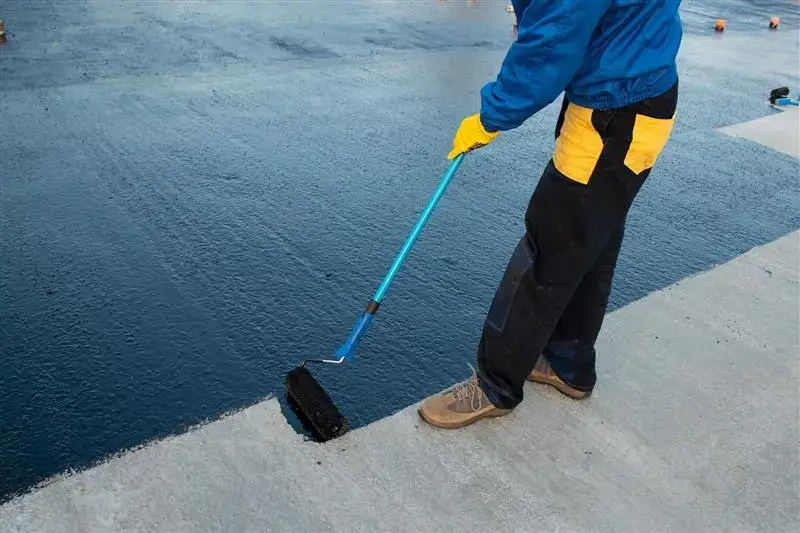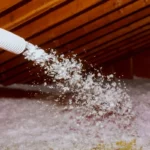Waterproofing is an essential aspect of maintaining the integrity and longevity of structures, particularly in regions like Hamilton, where weather conditions can be unpredictable and harsh. With frequent rainfall and varying temperatures, protecting your home or commercial property from water damage is crucial. This guide delves into the importance of waterproofing, common methods used, and tips for ensuring your property remains dry and safe.
The Importance of Waterproofing
Waterproofing is essential for several reasons. Firstly, it prevents water from penetrating the building’s structure, which can lead to serious issues like mold growth, structural damage, and decreased property value. Moisture can seep into walls, floors, and foundations, weakening the materials and causing cracks and other forms of deterioration. In Hamilton, where heavy rains and snowmelt are common, having a robust waterproofing system can save property owners from costly repairs and health hazards.
Secondly, waterproofing contributes to a healthier living environment. Excess moisture can foster the growth of mold and mildew, which can cause respiratory problems, allergies, and other health issues. By keeping your property dry, you create a safer and healthier space for occupants.
Common Waterproofing Methods
There are various waterproofing methods available, each suited to different types of structures and specific needs. Here are some of the most common techniques used in Hamilton:
1. Exterior Waterproofing Exterior waterproofing involves applying a waterproof barrier on the outer walls of a building. This method is highly effective as it prevents water from entering the structure in the first place. It typically involves the application of waterproof coatings, membranes, and sealants on the exterior surfaces. Additionally, installing proper drainage systems around the foundation can redirect water away from the building, further enhancing protection.
2. Interior Waterproofing Interior waterproofing is often used as a secondary line of defense. It involves applying waterproof coatings and sealants to the interior surfaces of a building, such as basement walls and floors. This method can be particularly useful in older homes where exterior waterproofing may not be sufficient. Interior drainage systems, such as sump pumps and French drains, can also be installed to manage water that enters the property.
3. Foundation Crack Injections Foundation cracks are a common entry point for water. Crack injections involve filling these cracks with waterproof materials, such as epoxy or polyurethane. This method not only stops water infiltration but also reinforces the structural integrity of the foundation.
4. Basement Waterproofing Systems Basements are particularly vulnerable to water damage due to their below-ground location. Comprehensive basement waterproofing systems often include a combination of exterior and interior methods, along with specialized solutions like basement waterproofing membranes and drainage tiles. Installing a sump pump is also a common practice to ensure any water that does enter is quickly removed.
5. Roof Waterproofing Roofs are another critical area that requires waterproofing, especially in Hamilton, where snow and ice accumulation can lead to leaks. Applying waterproof coatings and sealants to the roof surface, along with regular maintenance and inspections, can prevent water from penetrating the roof and causing damage to the interior of the building.
Tips for Effective Waterproofing
Ensuring effective waterproofing requires a combination of proper planning, quality materials, and regular maintenance. Here are some tips to help you achieve optimal results:
1. Regular Inspections– Conduct regular inspections of your property, particularly after heavy rains or snowmelt. Look for signs of water damage, such as damp spots, mold, or cracks in walls and foundations. Early detection of issues allows for timely repairs, preventing more extensive damage.
2. Proper Drainage– Ensure that your property has an adequate drainage system in place. This includes gutters, downspouts, and perimeter drains that direct water away from the building. Clean and maintain these systems regularly to prevent blockages that could lead to water infiltration.
3. Quality Materials- Invest in high-quality waterproofing materials. Cheaper options may save money initially, but they can fail over time, leading to costly repairs. Professional-grade coatings, membranes, and sealants provide better protection and durability.
4. Professional Installation– While some waterproofing tasks can be done by homeowners, it’s often best to hire professionals, especially for extensive or complex projects. Professional contractors have the expertise and equipment to ensure the job is done correctly and efficiently.
5. Maintenance– Regular maintenance is crucial for long-term waterproofing effectiveness. This includes resealing surfaces as needed, maintaining drainage systems, and addressing any new cracks or damage promptly.
Conclusion
Waterproofing is a vital investment for any property owner in Hamilton. With the region’s challenging weather conditions, ensuring your home or commercial building is protected from water damage is crucial. By understanding the importance of waterproofing, familiarizing yourself with common methods, and following best practices for maintenance, you can safeguard your property and enjoy peace of mind knowing it is well-protected against the elements.



